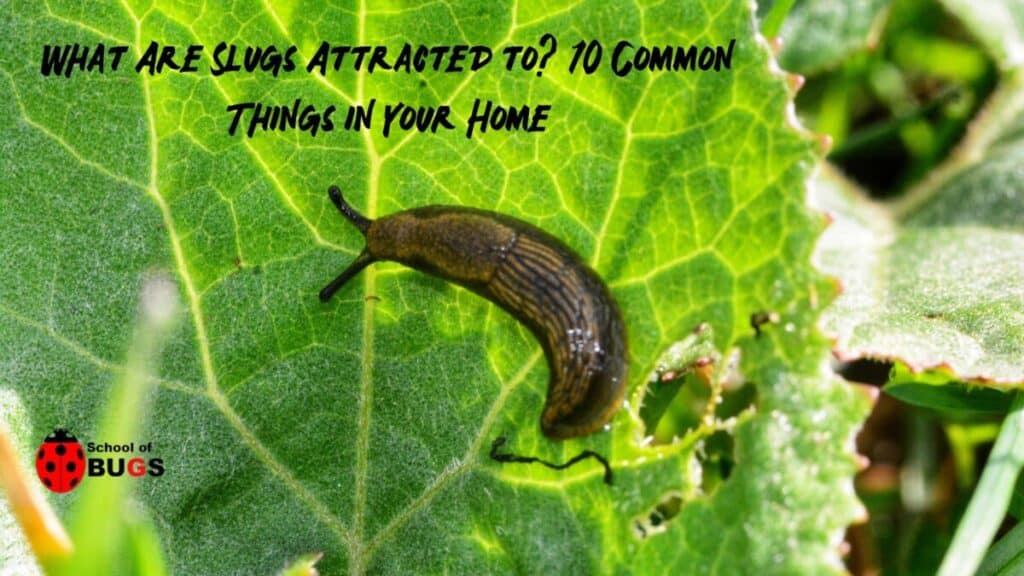
Slugs are rather unappealing little creatures, and they certainly don’t have any place in your home. If you’ve found that your home is suddenly overrun with slugs, then you should consider these 10 common household things that are attracting them.
- Moist environments
- Mulch
- Leaves
- Vegetables
- Ground cover
- Dead slugs
- Beer
- Darkness
- Cat Food
- Kitchen waste
Turns out, there’s a lot of things that can draw slugs into your home, but thankfully, removing these objects from in and around your home can help reduce the number of slugs inside. The rest of this article will discuss what attracts slugs and what you can do about it.
Why Are Slugs around My Home?
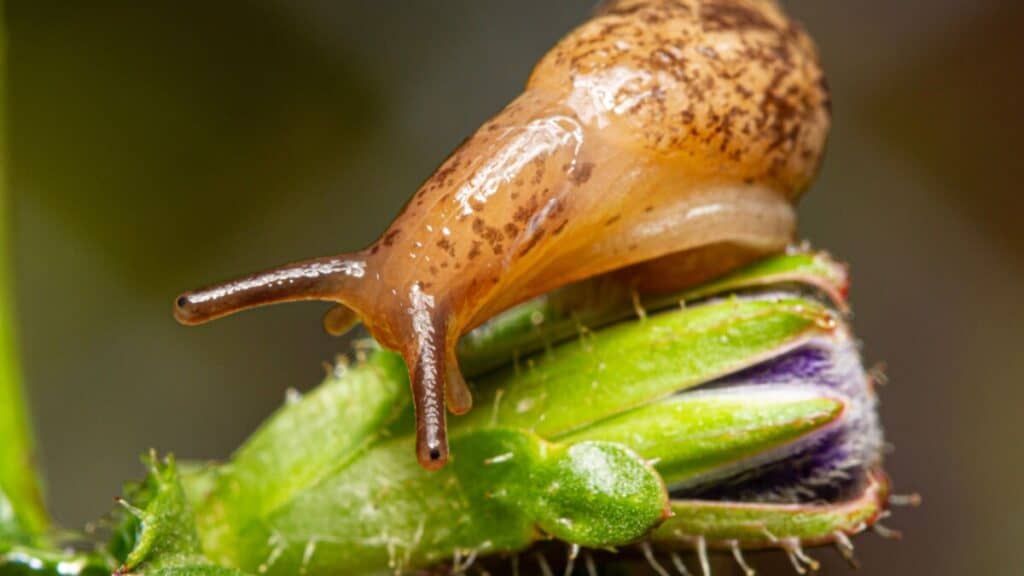
Slugs can be found in most vegetable gardens, and, in small numbers, they are actually quite helpful. Their role is to break down rotting organic matter, turning it into useful fertile compost for the plants.
Of course, if you’ve got too many, they can be a nightmare and start eating all of your plants, as well as showing up in your home.
If you notice damaged seedlings, holes in your garden plants, or numerous mucus trails running along your plants or the ground, then you’ve probably got too many slugs. In many cases, slugs won’t enter your home unless there’s something in there that’s inviting to them.
Moist Environments
The best hangout spot for a slug is somewhere that’s nice and moist. They need a moist environment to continue producing the mucus that allows them to move, which is one reason why salt is such an effective slug killer.
Gardens, by their nature, are moist environments and ideal for slugs. It’s quite possible that slugs entering your home are seeking moisture, especially if you live somewhere that’s relatively humid or if your house is an ideal temperature that the slugs prefer.
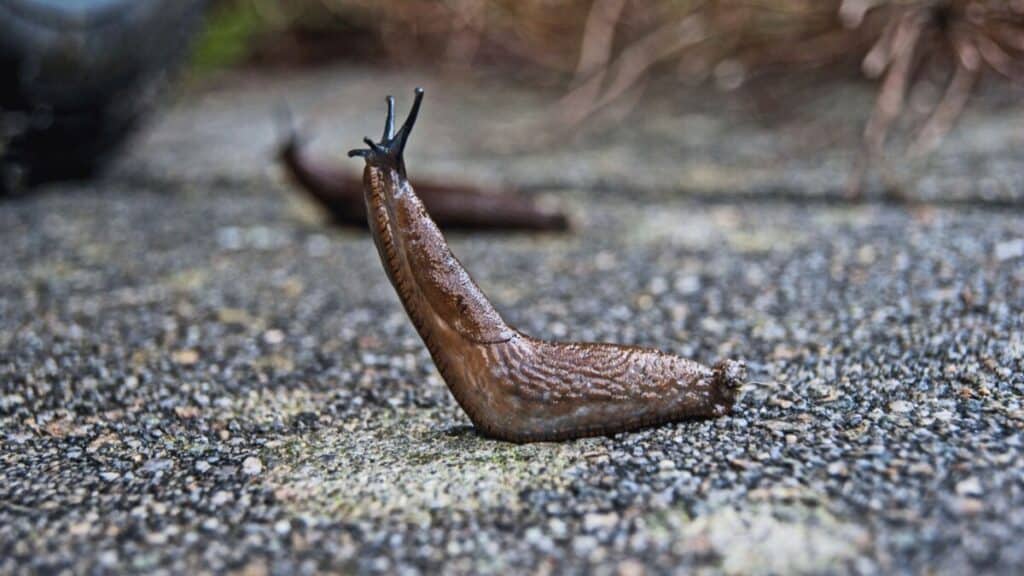
The proximity to your home also makes it much more likely that the slugs will be attracted to the shade of your home as a respite from the sun.
Make sure to address any leaky faucets or areas with standing water in or around your home to reduce its attractiveness to slugs.
Mulch
Mulch is another big attractant to slugs, who use it as food, shelter, and space to reproduce. If your garden is mulched, then you can practically guarantee that you’ll have some slug visitors in the future.
Always make sure that you store your mulch somewhere away from the interior of your home so that slugs aren’t invading your space to get to the mulch.
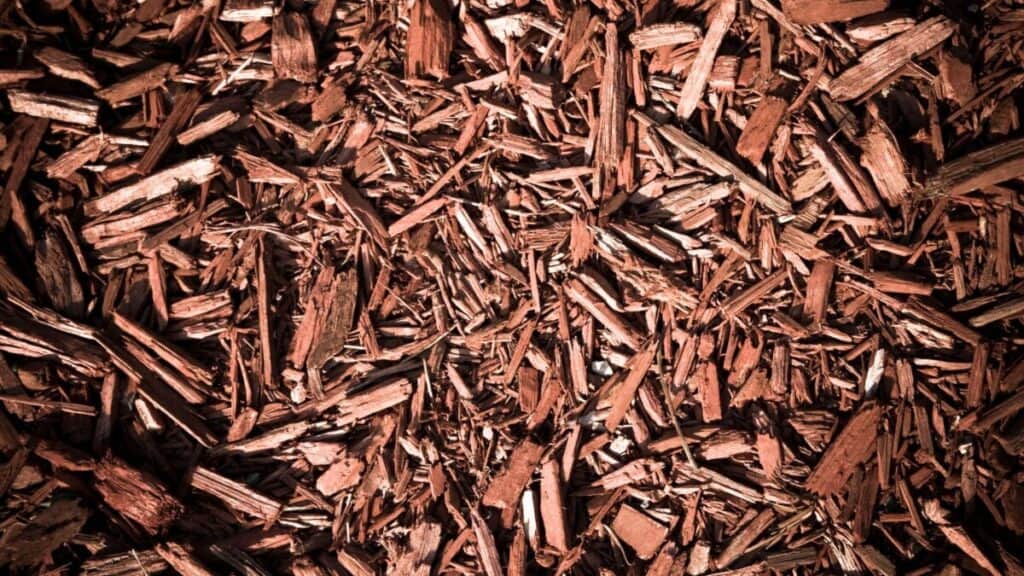
In addition, you should always make sure your mulch bag is properly sealed after use so that the slugs can’t get inside to reproduce.
It might be worth considering alternatives to mulching to discourage slugs from hanging around your home altogether.
Leaves
As detrivores, any kind of leaf is an ideal food source for slugs. If you’ve got plants in or around your home that are nice and leafy, they’re a perfect treat for slugs.
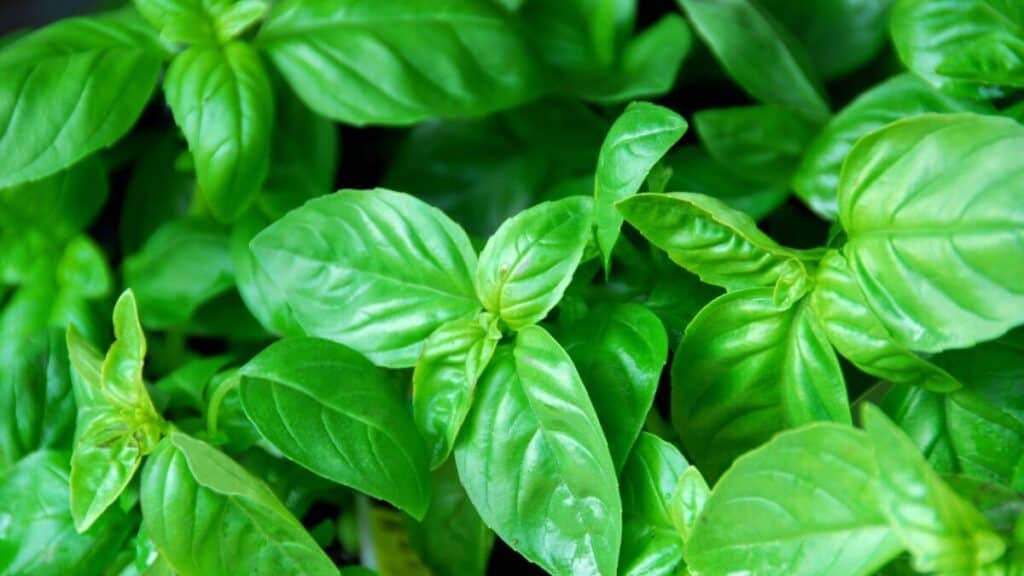
Oddly enough, some vegetables are extremely attractive to slugs, while others deter them. Below are some of the favorites of slugs to consider removing or protecting if you want to deal with a slug infestation:
- Basil
- Dahlias
- Petunias
- Asters
- Salad leaves
It’s also worth noting that slugs love dying and rotting leaves, so if you’re commonly throwing away leafy detritus, then you might want to consider putting anything organic in a sealed back and always ensuring you close over the trash can lid.
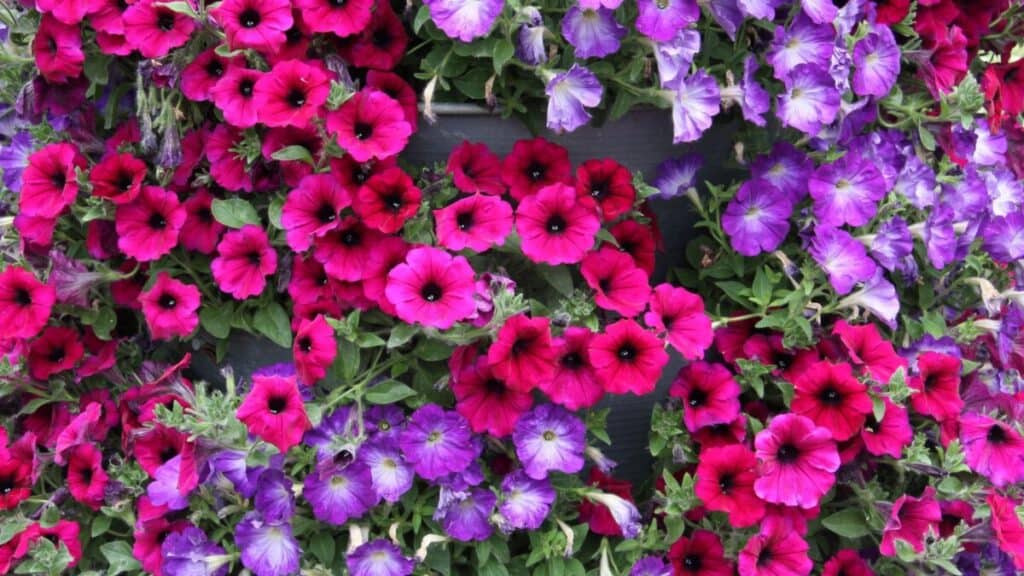
Doing so reduces the food supply for the slugs, helping you reduce the attractiveness of your home and garden as a food source.
Vegetables
In a similar vein, vegetables are also a great source of food for slugs and extremely attractive, whether in your home or garden.
If you’ve already got slugs in your garden, then it may only be a matter of time before they start rooting around in your home for vegetables to eat.
Always made sure you don’t leave vegetables unattended on the countertop and dispose of any rotting fruit and veggies straight away.
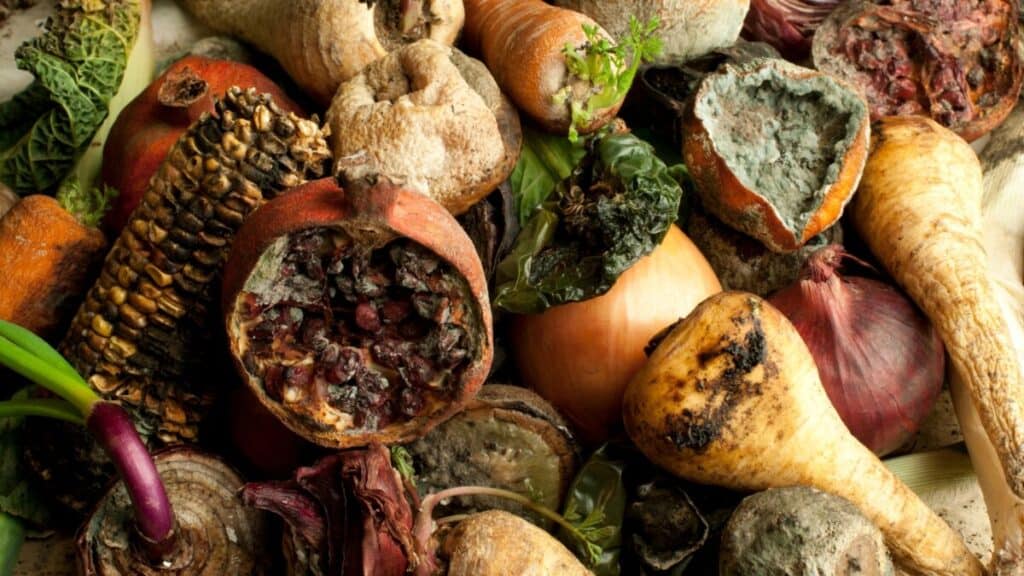
Slugs are quite adept at using their senses to find food, and rotting food is an open invitation for them to enter your home.
Rotting fruits and vegetables are also prime targets for other pests and creepy crawlies, too, so preventative measures are important.
Ground Cover
As the natural prey of numerous creatures like beetles, hedgehogs, lizards, snakes, and centipedes, slugs need a good place to hide.
As mentioned earlier, mulch is a prime example of a food source that also provides ground cover, but if there’s a food source that’s attracting slugs into your home, then the worthwhile ground cover is going to make the place feel like a paradise.
Keep your home neat and tidy, removing any objects on the floor that slugs can use as cover. This will make the space seem a lot more hazardous to slugs and reduce their interest in your home. Fewer places to hide means less safety for these prey creatures, encouraging them to look elsewhere for cover.
Dead Slugs
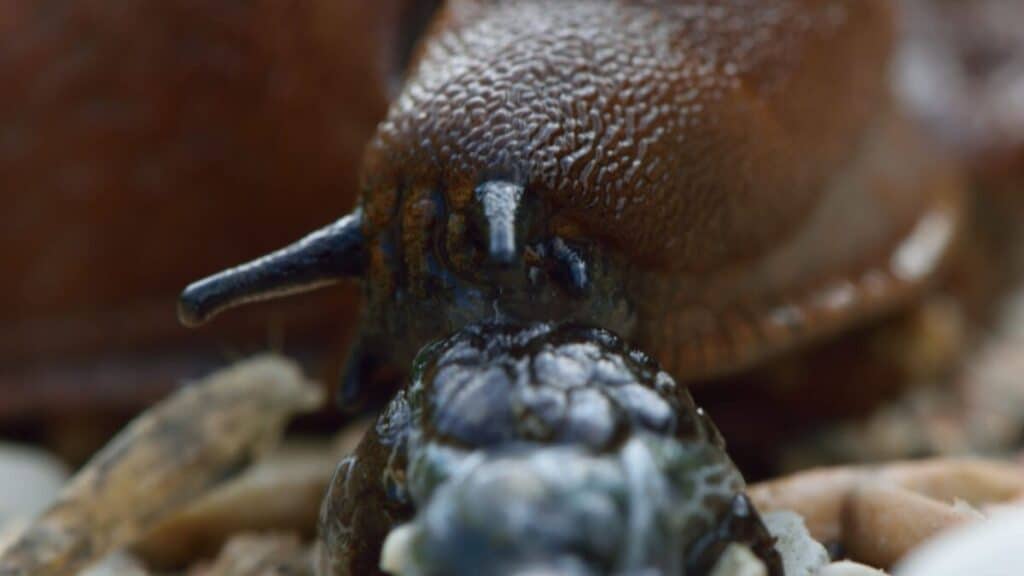
If you’re already struggling with slugs invading your home, then unfortunately, dead and dying slugs are only going to make the problem worse.
Some slug types are cannibals and won’t hesitate to eat other dead slugs as a good source of food.
Remember, slugs will eat just about any dying organic matter, so they are quite adept at sensing other decomposing slugs, encouraging them to keep coming back.
If you’ve tried slug pellets or other traps, it’s imperative that you remove the dead slugs from the trap often to discourage other slugs from coming to the area to feed.
Beer

Beer is another common attractant for bugs that you probably have in your home. Of course, the slugs aren’t after the beer that’s sealed in your fridge, but if you have a habit of leaving unfinished cans of beer around your living room, then it’s likely that slugs will be attracted to the fermentation process of the yeast in the beer and enter your home.
This problem is also prevalent if you enjoy parties out on the patio. It’s not just open beer bottles left out; slugs will also be more than happy to pick up any beer you spill onto the ground.
If you’re enjoying a barbeque, try to avoid spilling beer to reduce the likelihood of slugsvisiting yout.
Darkness
As simple as it seems, slugs absolutely love the dark. They are nocturnal animals by nature and are most comfortable feeding under the cover of night.
You may notice that after you sleep, you can see a trail of mucus across your floor, indicating that a slug has been through the area.
If you’re having a problem with slugs using your home as a dark environment for safety, it’s worth trying to follow their trail of mucus to see if you can determine where they are coming from.
Plug up any compromised areas where they are entering your home to reduce slug activity in your home at night.
Cat Food

Strangely enough, slugs are highly attracted to cat food, which is one good reason why you should always wash out your cat’s bowl after they’re finished eating.
Similarly, make sure you cover their food over to prevent slugs from being able to access it. One method you can use to keep your cat’s food slug-free is to place the food bowl inside a larger bowl and line the outside of the larger bowl with salt.
This will prevent the slug from being able to reach the cat food. Always make sure you seal off containers or bags of cat food to stop slugs from being able to reach them.
Check for mucus trails near your cat food to see if there are any slugs in the area that may be helping themselves to the food.
Kitchen Waste
In addition to cat food, slugs may also be attracted to your leftovers, depending on what it is. The more the leftovers begin to decompose, the more tantalizing it will be to slugs.
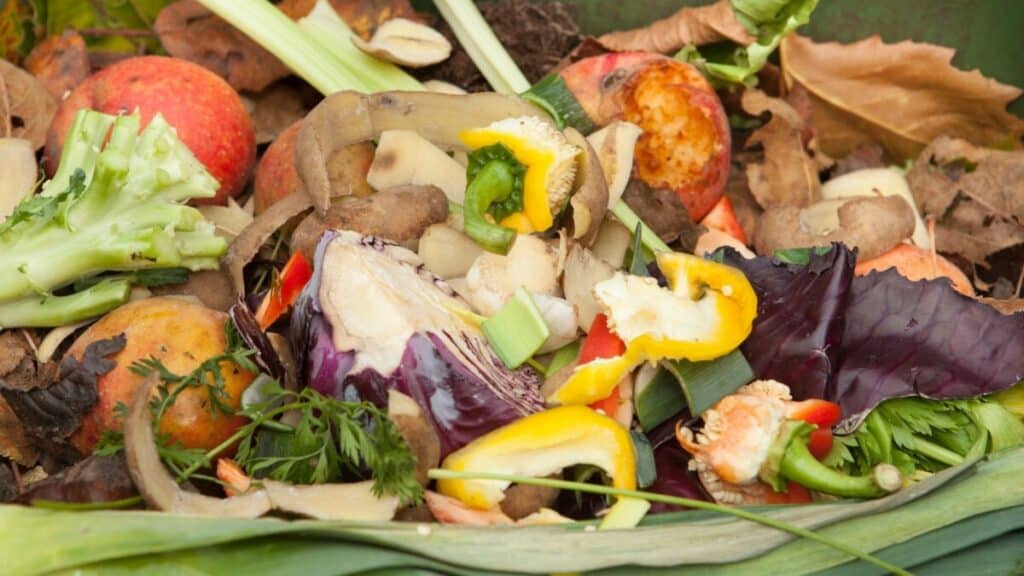
As such, you should always throw away bad leftovers and keep your garbage lid tightly shut to prevent slugs from feeding on it.
In the home, make sure you cover over any of your leftover food and store it in the fridge, preferably in a sealed container. Empty your trash can regularly and clean up any spills on the floor to keep slugs away from your home.
How to Deal with Slugs in the Home
Slugs in your home are a gross and unpleasant sight, but thankfully, they always leave behind a trail to tell you exactly where they’ve been.
Get a light if you can’t see the trail very well and follow it to the entry point of the home. Make sure to cover up any entry points to eliminate the slugs’ way of getting in. Some filler in your walls will do the tricks.
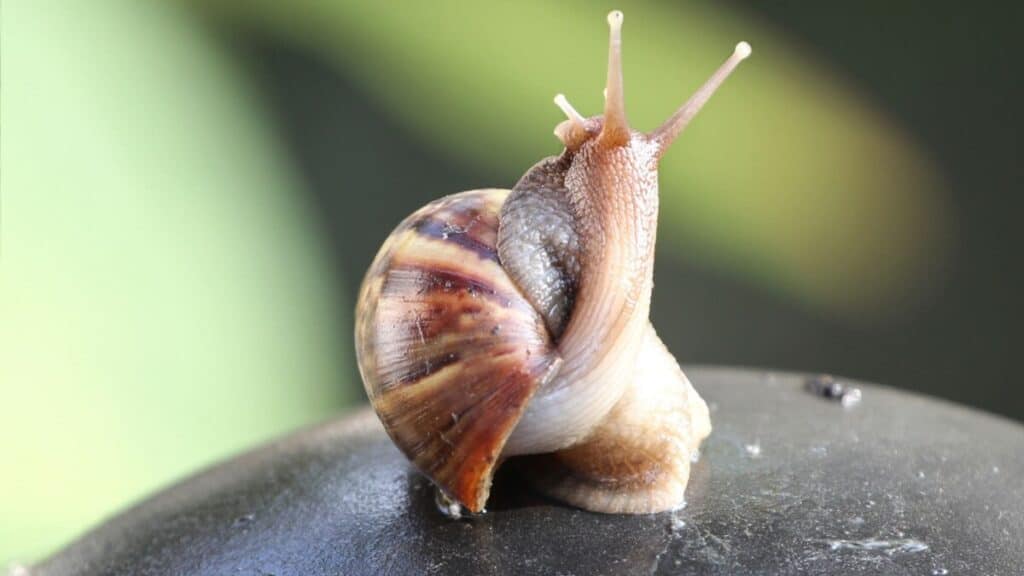
You can also do some detective work to figure out what the slugs are attracted to by following their trail and remove the item that’s attractive to them.
If your garden is overrun with snails, then it might be worth considering snail pellets or other traps to cut back on their numbers.
You can also introduce a bird table to your garden that encourages birds, which prey on slugs.
Salt is, of course, the fastest way to get rid of slugs if you’re not squeamish. Salt is to slugs what acid is to the skin, and it’s a quick and effective way to diminish their numbers over time.
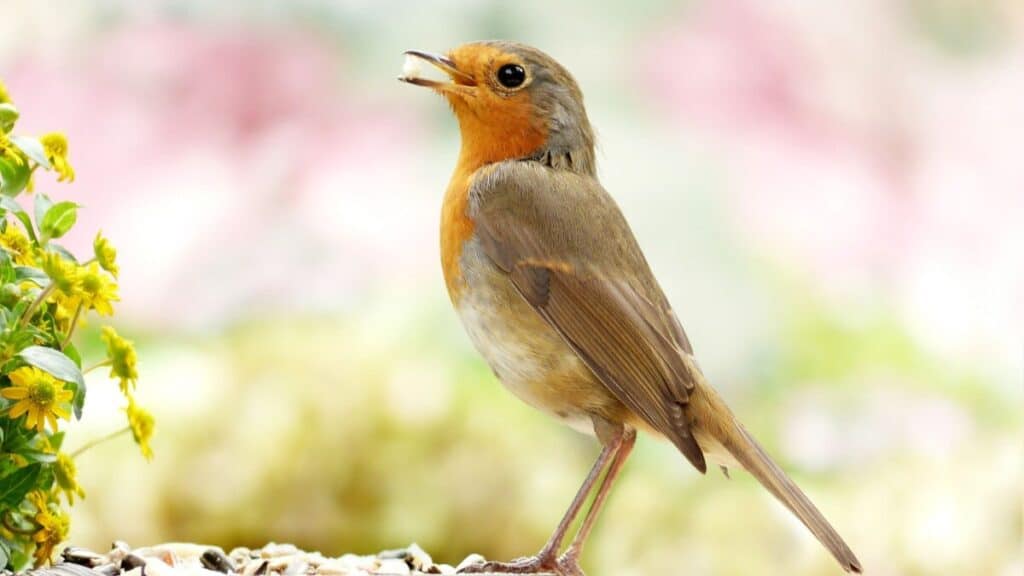
If you want a more humane solution, you can put out some cabbage leaves overnight and remove any slugs you find on it in the morning to a location far away from your home.
Final Thoughts
If you’re having slug problems, your first course of action should be to figure out what’s attracting the slugs to your home.
Whether it’s a bag of mulch left out or rotting food, slugs are always on the lookout for decaying organic matter, so cleanliness goes a long way to ward them away from your home.
Plugging up any cracks or openings into your home with filler and copper tape can also stop slugs from being able to seek refuge inside.
Pellets, traps, and relocation efforts are all good ways to reduce the number of slugs on your property so that you don’t have to deal with those pesky little creatures!
Alright, that’s it for this article, here are a few hand-selected articles that you might also find interesting reads:
Reasons Slugs are Coming into Your House – and How to Get Rid of ThemHow Do Slugs Appear Out Of Nowhere?
How to Keep Bugs Out of your Conservatory
Recent Posts
Tiny Black Bugs in Bathroom NO WINGS: What They Are and What to Do!
Finding tiny black bugs in your bathroom can be uncomfortable, to say the least. Especially if they are persistent, or they appear in very large numbers, which they often like to do. When it...
Tiny Black Bugs in Plant Soil - What Are They & What To Do About It
A short horror story: You get a new houseplant. You do your best to take care of it. You’ve ensured that it has the right soil, the right amount of sun, it gets enough water. And then one day, you...

